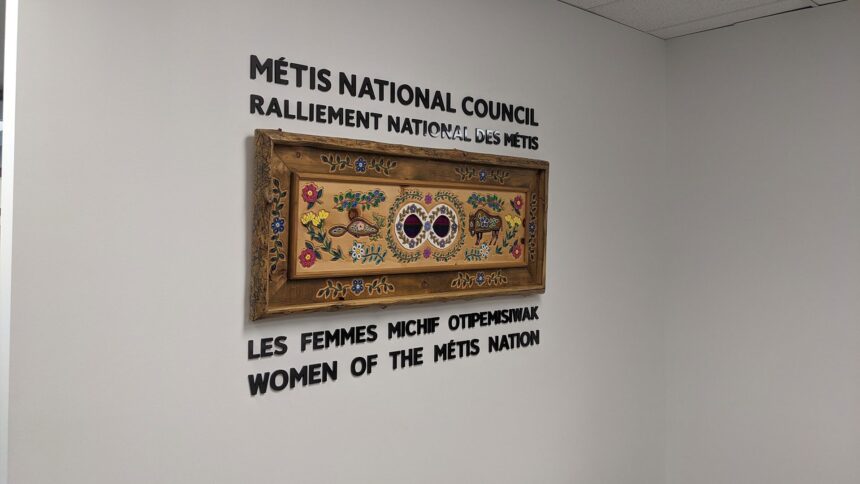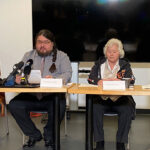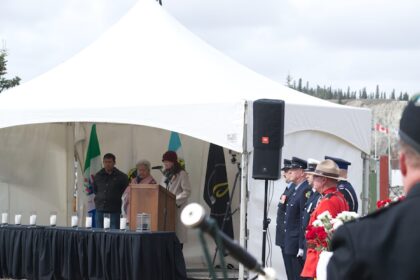A Métis National Council (MNC) report suggesting the existence of seven Métis communities in Ontario has drawn the ire of three Métis governments and the Chiefs of Ontario. On Thursday, the MNC published the 264-page report, “National Definition of Métis: A Review of Communities in Ontario”, assessing the legitimacy of seven Métis communities in Ontario. “The Panel concludes that the Seven Communities represented by the Métis Nation of Ontario meet the National Definition established by the Métis National Council (MNC) and adopted by all current and former Governing Members (MMF, OMG, MN-S, MNO, MNBC) as well as recognized by other Métis governments (NWTMN),” the review states. “These communities also align with the parameters of Contemporary Governance.” By Friday morning, the Métis Nation of British Columbia (MNBC), Métis Nation Saskatchewan (MN-S) and the Manitoba Métis Federation published statements opposing the report. MNC panel suggests seven Métis communities in Ontario Margaret Froh, the president of the Métis Nation of Ontario, said the report is years in the making. In 2021, an expert panel with four appointed representatives from each governing member of the MNC was established to conduct the review. Two of the governing members–the MNBC and MN-S–have since left the MNC. “Those four panelists together worked over the course of a year to review all of the available information,” Froh said in a Friday interview with APTN News. “They issued an open call for any interested party to make submissions, they reviewed, as they report, over 50,000 pages of documentation.” The report examines seven communities: Northwestern Ontario, Northern Lake Superior, Sault Ste. Marie, Killarney, Georgian Bay, Abitbi Inland and Mattawa/Ottawa River. Froh said the panel visited each community and assessed their legitimacy based on four criteria comprising the ‘Threads of the Sash Analysis’: ancestry, political action, common social and cultural characteristics, and land and water. “If a community can’t show those various threads, they wouldn’t essentially form a complete sash, they wouldn’t meet the test,” Froh said. The review suggested that all seven communities met the criteria. A question of kinship On Friday, the Manitoba Métis Federation published a news release arguing the MNC expert panel report was “riddled with errors that undermine Nationhood and perpetuate identity theft”. In September 2021, the MMF left the MNC over their concerns about the MNO’s membership registry. “We actually left the Métis National Council because of the absolute need to take a stand to protect the integrity of the actual nation,” MMF Minister Will Goodon said in a Friday interview with APTN. “There was the assumption that there was a small part of Ontario that was included into the historic homeland, but unbeknownst to the rest of the nation, MNO was finding these new communities here, there and everywhere.” Last August, the University of Saskatchewan’s Chair in Métis Governance and Policy released a report titled “A Vision of a Nation: A Comprehensive Analysis of the Inclusion of Seven Communities into the Métis Nation of Ontario and Its Implications for Métis Legitimacy, Governance and Identity”. The report, prepared for the MNC by several Métis scholars, suggested that the MNO’s conception of Métis identity relied heavily on individual genealogy, rather than community relations. “We found that the MNO approach can tend to create a racialized view of identity through a dependency on the use of ‘root ancestors’ and ‘verified Métis family lines’, which is a fundamental departure from how Métis Nation in the West understands identity to be tied to a person’s relations to a community with shared histories, political struggles, and cultural practices,” the report stated. The MNC Expert Panel review discussed these criticisms in a section on the MNO’s Verified Métis Family Lines. “We hear concerns about the overreliance on ‘Root Ancestors’ and, as has circulated in the media, that the MNO is ‘stealing’ First Nations Ancestors,” the MNC report states. “While there may be examples of ‘non-Status’ in these communities, the Panel believes that this is not fundamentally different than those ‘non-Métis’ ‘Halfbreeds’ who received scrip.” Speaking on identity, Goodon referenced kinship as a defining feature of Red River Métis nationhood–which he argues doesn’t extend to the seven Métis communities in Ontario. “This idea that it’s about the individual, and this individual has root ancestors, supposedly coming from a community–there’s still no connection to the nation,” Goodon said. “The connection can be through kinship connections, which, if you look at our nation, we’re related.” Implications for First Nations in Ontario The Chiefs of Ontario–who have been critical of the MNO–also voiced their opposition to the MNC report in a Friday press release. Lake Huron Regional Chief Scott McLeod told APTN he’s concerned about the implications on First Nations rights. “It’s not just about our resources, our moose, our deer, our forests our medicines, but now even our program dollars are being affected by this,” McLeod said. However, Froh views the report as an opportunity to establish a dialogue with First Nations in Ontario. “We are doing our part to try and share this information with our First Nations neighbours and sometimes kin, and the Expert Panel report is another piece of information that we’ll be sharing and hopefully opening some dialogue,” Froh said. The full report can be accessed via www.métisnation.ca/expert-panel. Continue Reading
MNC report on Ontario Métis communities dismissed by three Métis governments, Chiefs of Ontario

Leave a Comment









